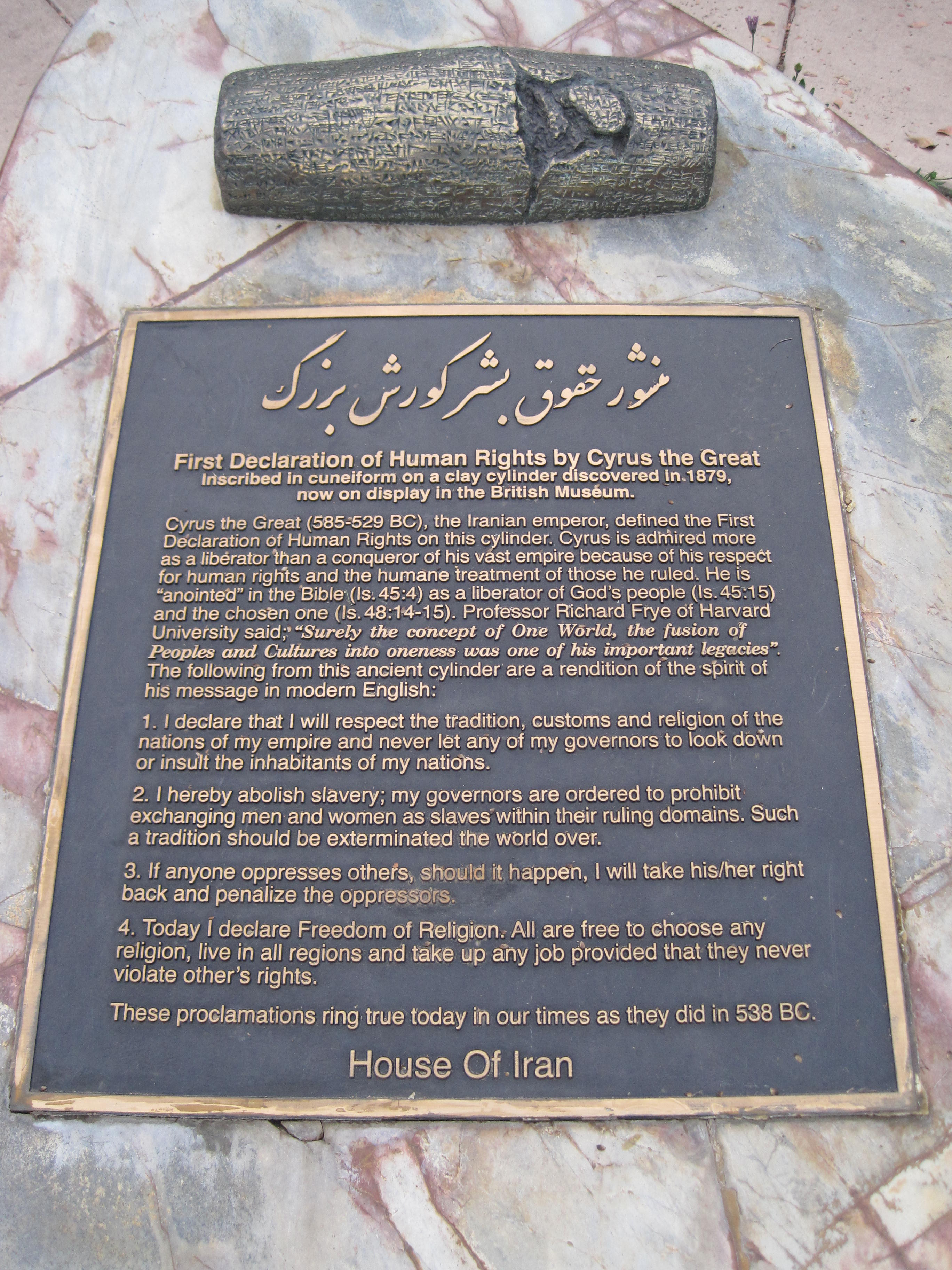Despite being the home of one of the world's most ancient civilisations and cultures, very sadly today modern Iran is one of the world's most misunderstood countries. The significant contribution of this great civilisation to the progressive development of science, technology, arts, architecture, literature, poetry and human rights (The Cyrus the Great Cylinder) and more cannot be over emphasised. Therefore, this confusion and misunderstanding is indeed tragic for all concerned. It goes without saying that a better understanding of Iran and Iranians is an essential pre-requisite for more harmonious international relations and the dialogue of civilisations for the common good.
For a A- Z of Persia and modern Iran, see:
The A-Z of Iran: part I and II
The New Statesman’s A-Z guide to the Islamic Republic of Iran — a complex nation’s rich history, culture, economy and politics:
http://www.newstatesman.com/world-affairs/world-affairs/2012/06/z-iran-part-1
The Cyrus the Great Cylinder

The Cyrus the Great Cylinder is the first charter of right of nations in the world. It is a baked-clay cyliner in Akkadian language with cuneiform script. In 1971, the Cyrus Cylinder was described as the world’s first charter of human rights and it was translated into all six official U.N. languages. A replica of the cylinder is kept at the United Nations Headquarters in New York City in the second floor hallway, between the Security Council and the Economic and Social Council chambers. Passages in the text of cylinder have been interpreted as expressing Cyrus’ respect for humanity, and as promoting a form of religious tolerance and freedom; and as result of his generous and humane policies, Cyrus gained the overwhelming support of his subjects.
Read more: The Cyrus the Great Cylinder
